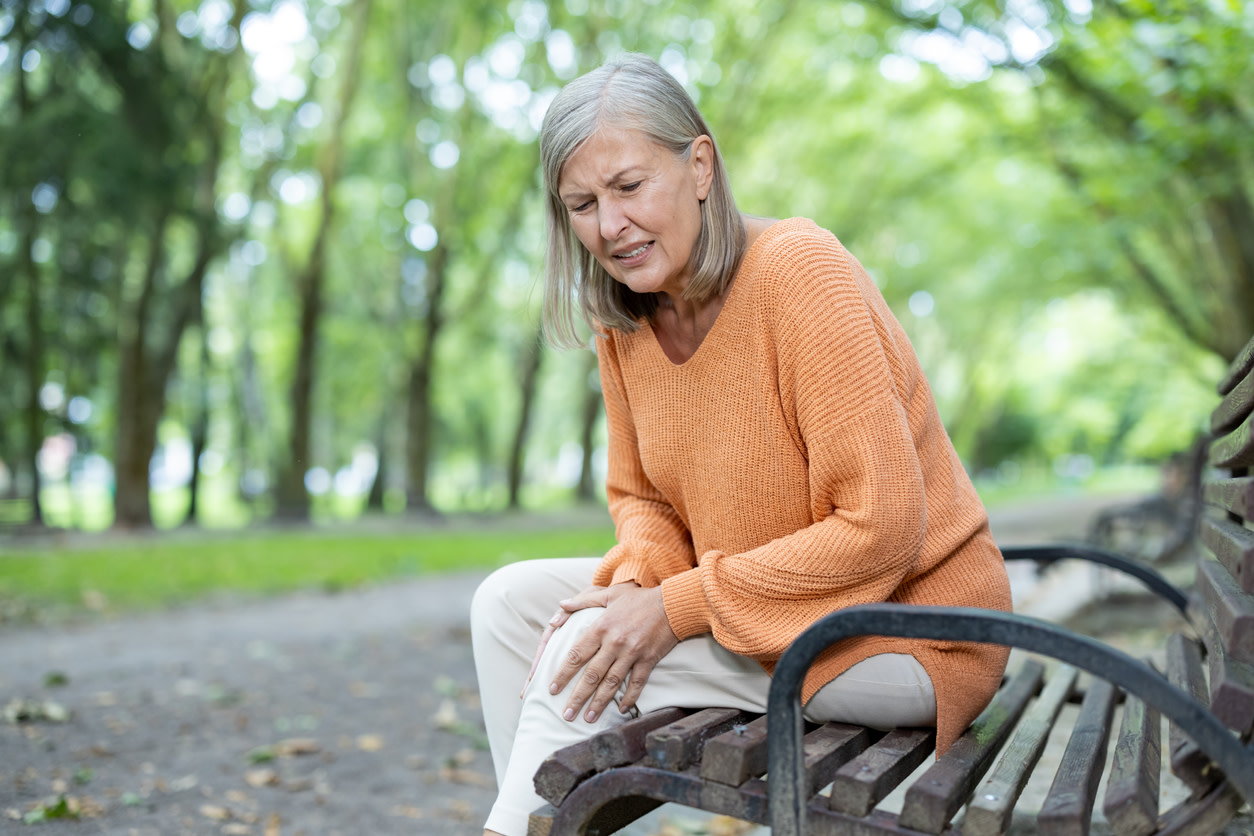How to treat knee injuries from falling, according to physical therapists
Discover how to treat and prevent knee injuries from falling, especially with exercises from Hinge Health physical therapists.
0 $ pour vous
Date de publication : Apr 22, 2025
Table des matières
Fully covered knee pain relief
Find relief from knee pain, knee locking, stiff knees, & more.
Check if I'm eligibleExercises to prevent knee injuries from falling
Want expert care? Check if you're covered for our free program →- Squat
- Side Lunge
- Forward Step Up
- Single Leg RDL
- Wall Squat
- Knee Extension
